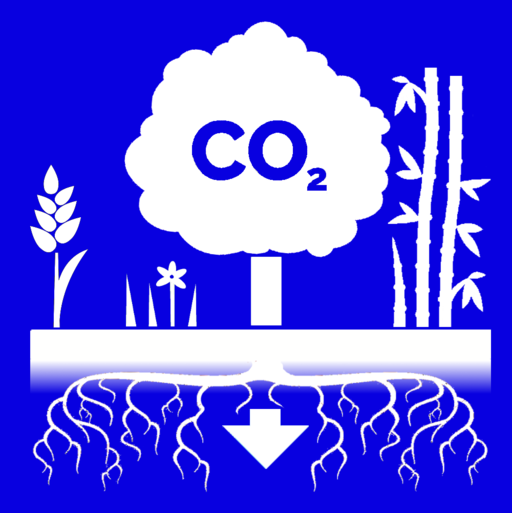In 2020, Southeast Asia was responsible for about 6.5% of global energy-related carbon dioxide emissions, a more than twofold increase from 2.8% in 1990. This undesirable trajectory underscores the need for rapid action to reduce the carbon footprint.
Japan hopes its multifaceted decarbonization plan, which consists of several key vectors, can help rectify this situation. Carbon Capture and Storage (CCS) is one solution that Japan is betting big on to tackle the region’s emissions problem. While the CCS technology is still in its early stages and has limited operational capacity worldwide, Japan is eager to become a frontrunner in its deployment.
Last year, Japan Organization for Metals and Energy Security (JOGMEC) launched seven Advanced CCS projects, and METI proposed a CCS Business Act to regulate it. The Act has swiftly moved forward to gain Cabinet approval. However, Japan’s CCS strategy is limited by the country’s geography, lacking suitable sites for large-scale CO2 storage capacity due to the frequency of earthquakes across the country and little history of hydrocarbon exploration.
On the other hand, the rapidly emerging economies in Southeast Asia show abundant CO2 storage potential because of their more suitable geology and ample used oil and gas wells. However, they lack the financial and engineering capacity to develop nascent technologies such as CCS.
In this context, Japan and Southeast Asia complement each other and offer ample possibilities for cooperation and mutual growth in the CCS sector.

